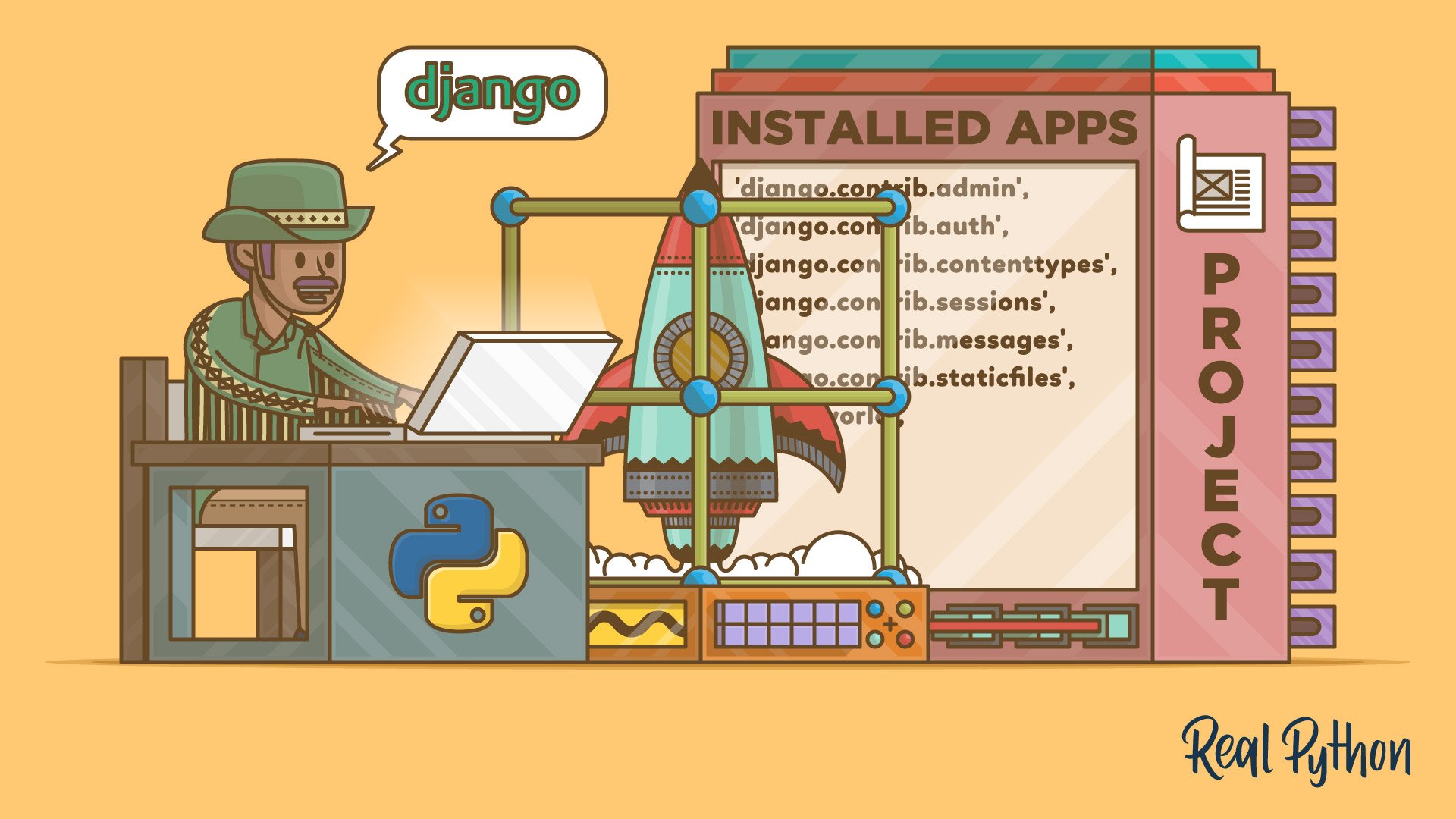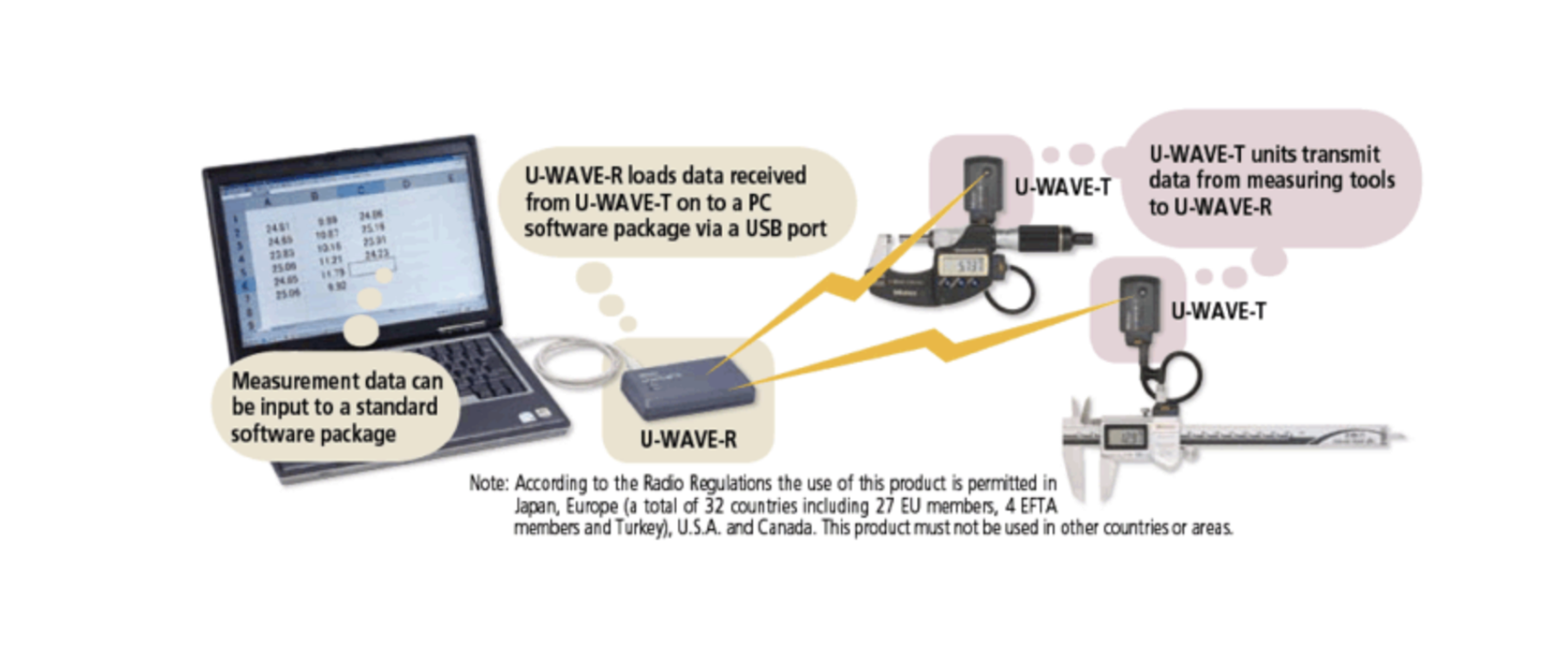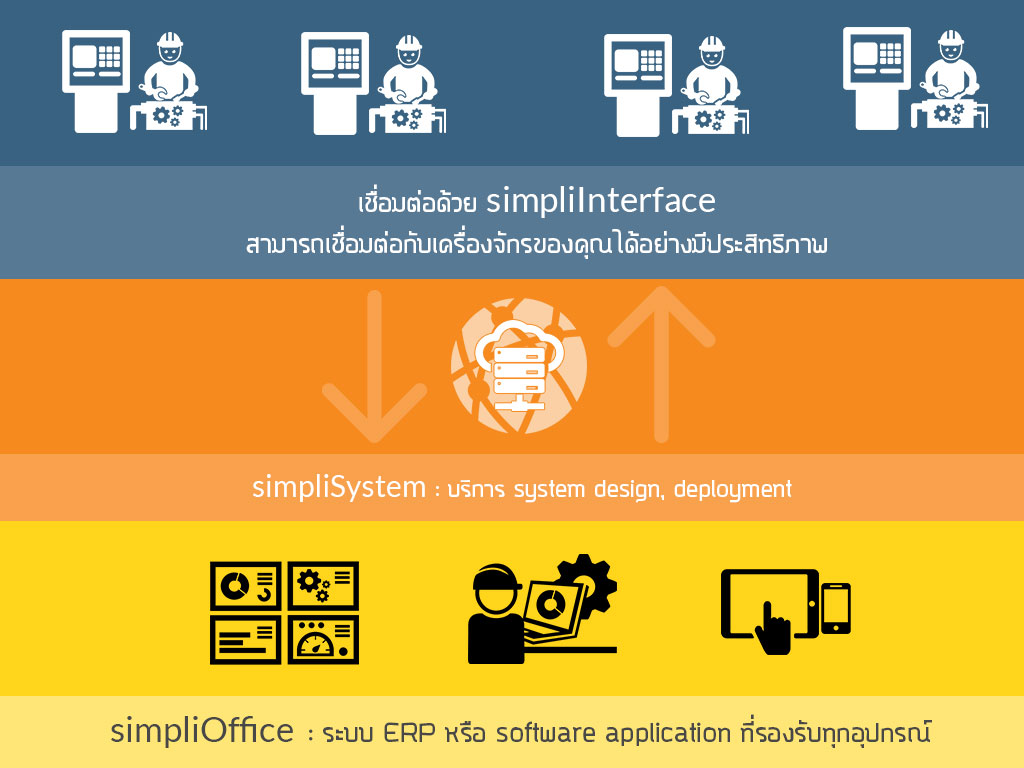Understanding Anti-Drone Systems: Architecture, Hardware, and Software
Drones are changing the world—but also introducing new risks. With their increasing accessibility, it’s critical to protect sensitive airspace from unwanted or hostile drones. This is where anti-drone systems come in, combining advanced sensors, AI, and countermeasures to keep the skies safe.
What Is an Anti-Drone System?
An anti-drone system (counter-UAS) is a set of technologies that detect, identify, track, and neutralize unauthorized or malicious drones. These solutions are used at airports, military bases, public events, critical infrastructure, and anywhere aerial threats must be mitigated.
Core Components of an Anti-Drone System
1. Detection
- Radar Sensors: Detect airborne movement.
- RF Sensors: Detect drone communication/control signals.
- Optical Cameras: Visual detection and identification.
- Acoustic Sensors: Recognize drone propeller/motor noise.
- Infrared Sensors: Detect drones by heat signature.
2. Identification & Tracking
- AI/ML Algorithms: Classify drones vs. birds or aircraft.
- Tracking Algorithms: Track drone position and predict flight path.
3. Mitigation/Neutralization
- Jamming: Disrupt drone communication or GPS.
- Spoofing: Send false signals to confuse or take control.
- Physical: Nets, anti-drone drones, lasers, or projectiles.
System Architecture: High-Level Overview
flowchart TD
A["Detection Sensors (RF, Radar, Camera, Acoustic, IR)"] --> B["Sensor Interface Layer"]
B --> C["Preprocessing & Data Fusion"]
C --> D["Detection & Classification Engine (AI/ML, Signal Processing)"]
D --> E["Threat Tracking & Prediction"]
E --> F["Decision Module (Rules, AI, Escalation)"]
F --> G["Mitigation Systems (Jammer, Net Launcher, etc.)"]
F --> H["Alert & Reporting System (UI, Email, SMS)"]
G --> I["User Interface / Monitoring Dashboard"]
H --> I
F --> I
E --> J["Database / Data Logger"]
D --> J
C --> J
G --> JGround-Based vs. Onboard Anti-Drone Systems
Ground-Based System Example
flowchart TD
A["Detection Sensors"]
A1["Radar"] --> A
A2["RF Sensor"] --> A
A3["Camera"] --> A
A4["Acoustic Sensor"] --> A
A5["IR Sensor"] --> A
A --> B["Processing & Control Unit"]
B --> C["Tracking & Identification"]
C --> D["Decision Engine"]
D --> E["Mitigation Systems (Jammer, Net, Laser, Drone)"]
D --> F["Alert/Reporting"]
F --> G["Central Monitoring Station"]Onboard Defensive Module (Installed on Drone)
flowchart TD
A["Onboard Sensors (Mini Radar, RF, Camera)"] --> B["Onboard Processing Unit"]
B --> C["Threat Detection & Tracking"]
C --> D["Defensive Action Module (Jammer, Spoofer, Evasion, Net)"]
D --> E["Pilot/Auto-Alert"]
E --> F["Communication Link (Ground Control Station)"]Recommended Hardware & Where to Buy
- RF Detectors/SDR:
- Radar Modules:
- Cameras:
- Acoustic Arrays:
- Mitigation Devices:
- Processing Hardware:
Common Software Packages
- GNU Radio: RF signal processing, SDR support.
- OpenCV: Computer vision (object detection, tracking).
- YOLO / TensorFlow / PyTorch: AI-based drone detection.
- ROS: Robotics and sensor integration.
- Grafana / Kibana: Real-time visualization.
- Flask / FastAPI: API/web dashboard development.
Legal and Security Considerations
Warning: Jammers and many active countermeasures are heavily regulated or illegal in many countries. Always check your local laws before procurement or deployment.
Conclusion
Anti-drone systems are becoming essential for airspace security in the modern era. Whether for ground installations or onboard drone defense, selecting the right hardware and software—and understanding the architecture—is key to effective protection.
Need deeper technical guidance, a customized solution, or code samples? Reach out or comment below!
Get in Touch with us
Related Posts
- AI驱动的医院信息系统纵向整合(Vertical Integration)
- How AI Enables Vertical Integration of Hospital Systems
- 工业AI系统中的AI加速器 为什么“软件框架”比“芯片性能”更重要
- AI Accelerators in Industrial AI Systems: Why Software Frameworks Matter More Than Chips
- 面向中国企业的系统开发:以 AI + 工作流安全集成电商与 ERP
- Global-Ready System Development for EC–ERP Integration with AI & Workflow
- 不可靠的“智能”系统所隐藏的真实成本
- The Hidden Cost of ‘Smart’ Systems That Don’t Work Reliably
- GPU vs LPU vs TPU:如何选择合适的 AI 加速器
- GPU vs LPU vs TPU: Choosing the Right AI Accelerator
- 什么是 LPU?面向中国企业的实践性解析与应用场景
- What Is an LPU? A Practical Introduction and Real‑World Applications
- 面向软件工程师的网络安全术语对照表
- Cybersecurity Terms Explained for Software Developers
- 现代网络安全监控与事件响应系统设计 基于 Wazuh、SOAR 与威胁情报的可落地架构实践
- Building a Modern Cybersecurity Monitoring & Response System. A Practical Architecture Using Wazuh, SOAR, and Threat Intelligence
- AI 时代的经典编程思想
- Classic Programming Concepts in the Age of AI
- SimpliPOSFlex. 面向真实作业现场的 POS 系统(中国市场版)
- SimpliPOSFlex. The POS Designed for Businesses Where Reality Matters














